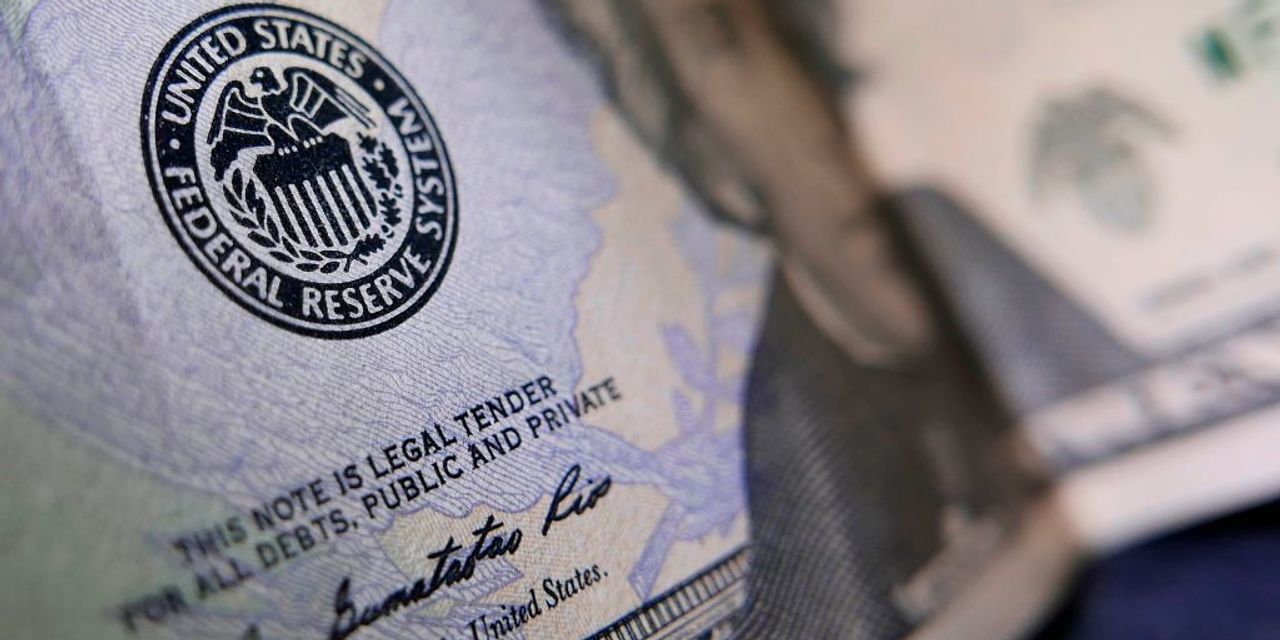The next interest rate decision isn’t clear-cut, according to comments this week from Federal Reserve officials, who appear divided on the next move.
Several Fed officials have emphasized that there is still work to be done to cool inflation, while others have said it might be time to step back and evaluate the progress that has already been made.
More Fed officials are on deck to speak Friday, including Chair Jerome Powell, who will appear with former Fed Chair Ben Bernanke on an 11 a.m. panel at the Thomas Laubach Research Conference in Washington, D.C.
New York Fed President John Williams will give the keynote address at the same conference at 9:15 a.m.
On Thursday, Dallas Fed President Lorie Logan told a gathering of bankers in San Antonio that she is leaning toward a rate increase in June, extending the central bank’s streak of 10 consecutive hikes since last year.
“We have made some progress,” Logan said in prepared remarks for the banking conference. “The data in coming weeks could yet show that it is appropriate to skip a meeting. As of today, though, we aren’t there yet.”
But Fed Gov. Philip Jefferson, who has been nominated to be vice chair, suggested Thursday that it might be time to pause on further increases despite continued high inflation.
“History shows that monetary policy works with long and variable lags and that a year is not a long enough period for demand to feel the full effect of higher interest rates,” Jefferson said in a speech to the National Association of Insurance Commissioners.
Several other Fed officials have appeared in public since late last week. Fed Gov. Michelle Bowman and Cleveland Fed President Loretta Mester argued the Fed hasn’t made enough progress on inflation to stop now.
“Should inflation remain high and the labor market remain tight, additional monetary policy tightening will likely be appropriate,” Bowman said last Friday during a speech in Germany.
Mester said on Tuesday that rates will stay high for a while to keep inflation in check. “I would like the policy rate to get to a point where, when I’m thinking about what would the next policy change be, I want it to be equally a potential increase versus a decrease,” Mester said at a conference in Ireland.
“Have we gotten to that rate yet? At this point, given the data we’ve gotten so far, I would say no,” she added.
Minneapolis Fed President Neel Kashkari told a conference in that city this week that the Fed has “more work to do on our end, to try to bring inflation back down.” Despite multiple rate increases, taking the benchmark from near zero to over 5% since last year, inflation is still running twice as high as the Fed’s 2% target.
“We should not be fooled by a few months of positive data,” Kashkari said this week. “We need to finish the job.”
Richmond Fed President Tom Barkin told Reuters this week that with more data to scrutinize before the meeting and the stalemate in D.C. over raising the nation’s debt limit, he was open to a pause or a rate increase.
Atlanta Fed President Raphael Bostic told CNBC that the appropriate policy is “just wait and see how much the economy slows from the policy actions that we’ve done.” He also said rate cuts this year aren’t in his forecast.
Chicago Fed President Austan Goolsbee hasn’t decided about supporting a pause, but he warned about being too aggressive, he told CNBC earlier this week. With uncertain economic conditions, he is closely monitoring the data and the impact of the recent banking turmoil on available credit.
“At moments like this, you don’t want to land the plane nose down,” he said.
Write to Liz Moyer at [email protected]
Read the full article here











